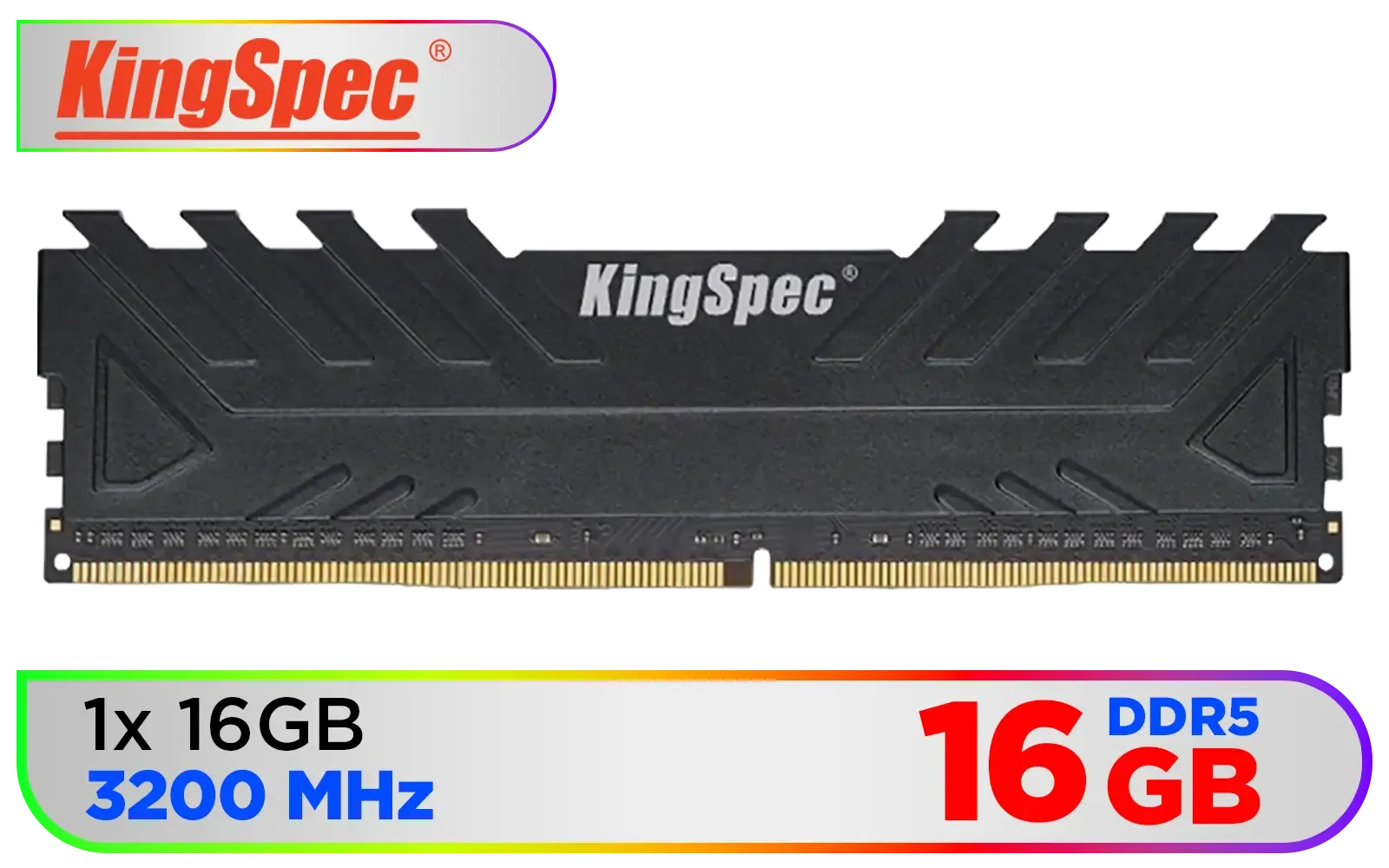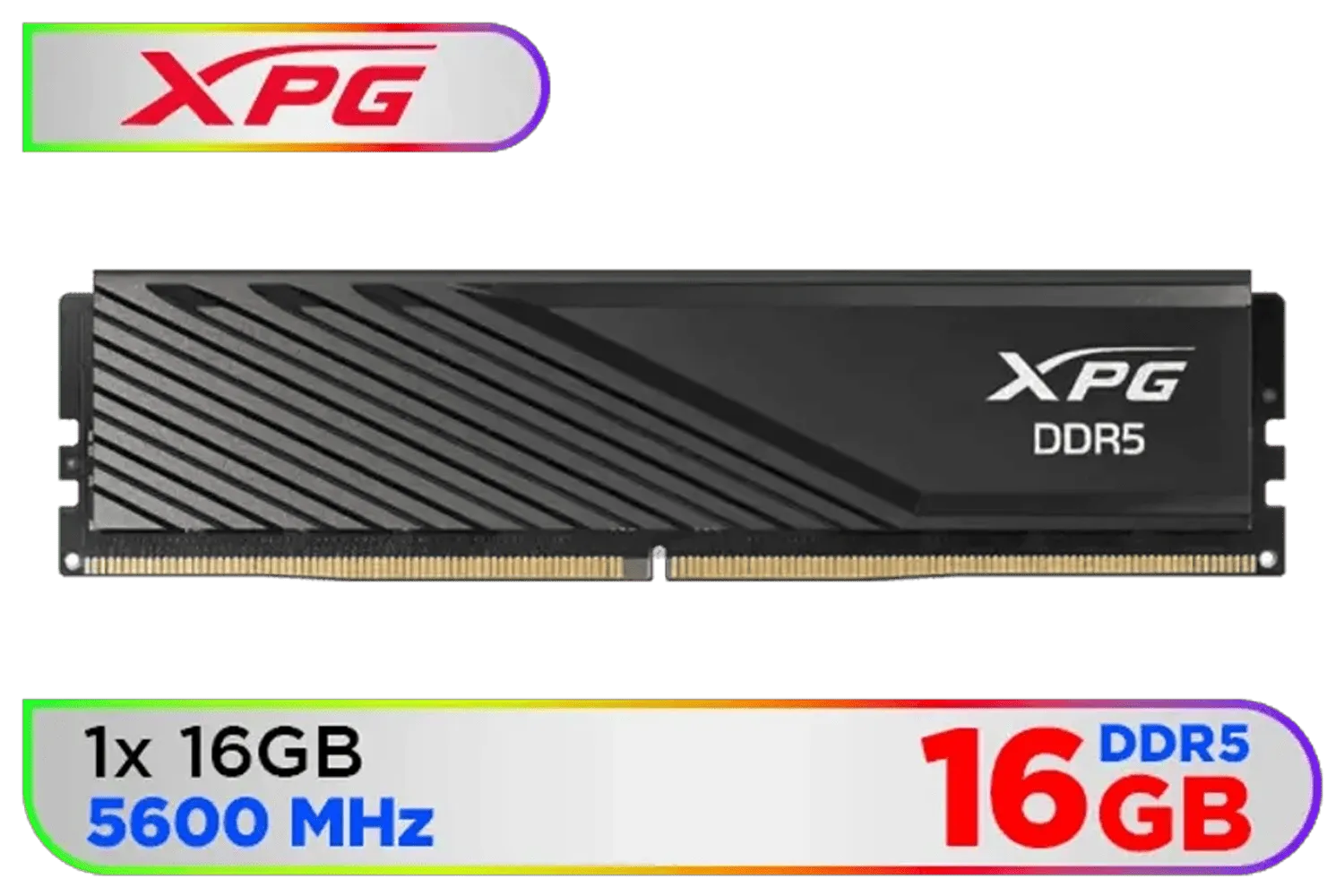
Unlock AI Potential
🚀 Unlock stable AI performance with our expert PC optimization guide. Learn to tweak settings, enhance stability, and ensure smooth AI operations on your machine. 📉
Optimise RAM performance during loadshedding with practical tweaks to prevent swapping, reduce memory pressure and keep apps responsive on UPS power. Learn quick settings and OS tuning. ⚡💾

The lights go out. Again. You sigh, wait for the inverter to kick in, and reboot your PC. But instead of jumping back into your game, you’re stuck watching Windows slowly crawl back to life. Sound familiar? Loadshedding is tough on our hardware, and your PC’s memory (RAM) often takes the biggest hit during these abrupt shutdowns. Learning to optimise RAM performance during loadshedding isn’t just a tech tip… it’s a survival strategy for South African gamers.






Every time your PC shuts down unexpectedly, everything stored in your Random Access Memory is instantly wiped. This includes your open applications, game data, and even parts of the operating system that were cached for quick access.
When you reboot, your system has to reload all of this from your much slower SSD or hard drive. This is why your PC feels so sluggish after a power cut. If your RAM was already nearly full before the outage, the recovery process is even more painful. Your PC has to work overtime using virtual memory (a slow "overflow" space on your main drive), causing that frustrating lag. Effective RAM optimisation for loadshedding is about minimising this recovery time. 🔧






You can’t predict every outage, but you can prepare your system to handle them better. A few simple tweaks can make a massive difference in how quickly you get back up and running.
Ctrl + Shift + Esc to open Task Manager, go to the "Startup" tab, and disable anything non-essential. Your future self will thank you.Wondering how much RAM you're actually using? Open the Task Manager (Ctrl + Shift + Esc), click on the "Performance" tab, and then select "Memory". This gives you a real-time look at your usage. If it's consistently above 80-90% during normal use, it might be time for an upgrade!
Absolutely. While software tweaks help, hardware is the foundation. Having enough physical RAM means your PC relies less on that slow virtual memory, both during normal use and especially during a post-loadshedding reboot.






If your system is still running on an older standard, upgrading your PC's memory modules can provide a significant boost. For most gamers in South Africa today, 16GB of quality DDR4 Memory is the sweet spot for performance and value. It ensures smooth multitasking and faster loading times.
For those building a new rig or wanting to future-proof their setup, jumping to the latest DDR5 Memory offers even higher speeds and better efficiency. 🚀 When choosing, reliability is key. Brands like Kingston have a long-standing reputation for solid performance, while options from ADATA often provide an excellent balance of speed and affordability. Ultimately, a good RAM kit is a crucial part of any strategy to optimise PC performance during loadshedding.
Ready to Banish Loadshedding Lag? While we can't stop the power cuts, you can control how quickly your PC recovers. A solid RAM upgrade is one of the most effective ways to ensure a smooth, fast restart every time. Explore our wide range of high-performance RAM and get back in the game faster.
Close nonessential apps, disable background services, and use lightweight browsers to reduce RAM usage on UPS power and minimise swap writes.
Choose hibernate to save RAM state to disk for long outages; use sleep for short UPS-backed interruptions to resume faster.
Increase RAM cache limits, raise swappiness on Linux or adjust pagefile settings on Windows to prevent memory swapping during loadshedding.
Enable power saver profiles, limit startup apps, and set a smaller pagefile or fixed pagefile size to optimise RAM on battery.
Yes — tweak vm.swappiness, adjust cache pressure and use zram to improve RAM performance on UPS-protected Linux systems.
Adding physical RAM reduces swapping and keeps apps responsive during power cuts, lowering disk I/O while on UPS power.
Set a fixed pagefile size, move it to a fast SSD if available, and reduce reliance on pagefile to stabilise performance on UPS.